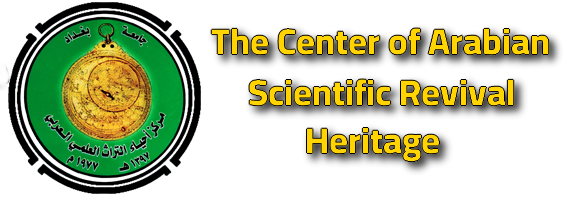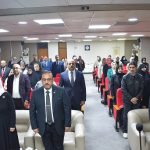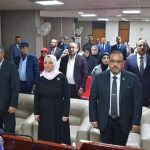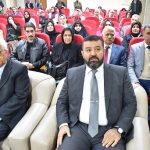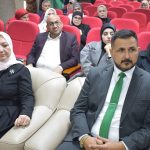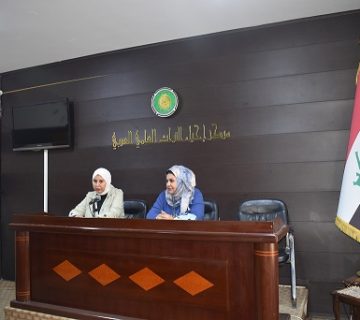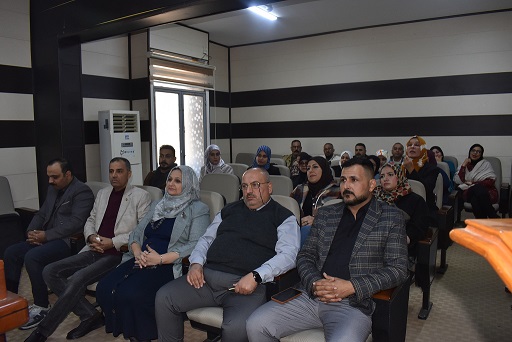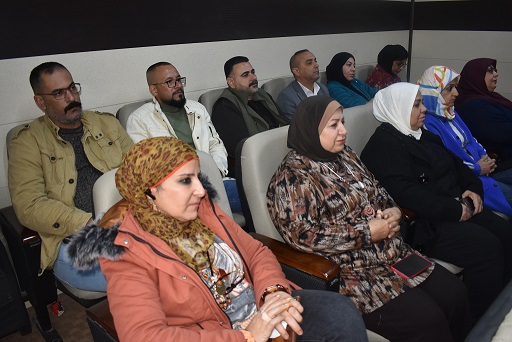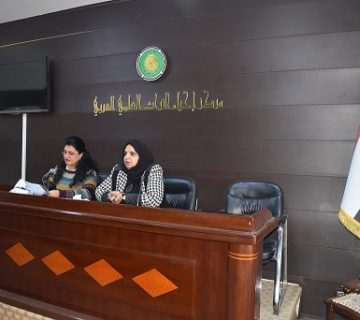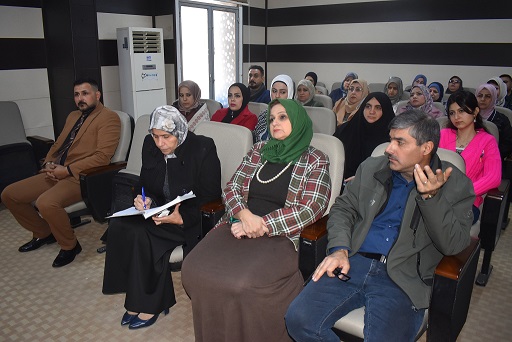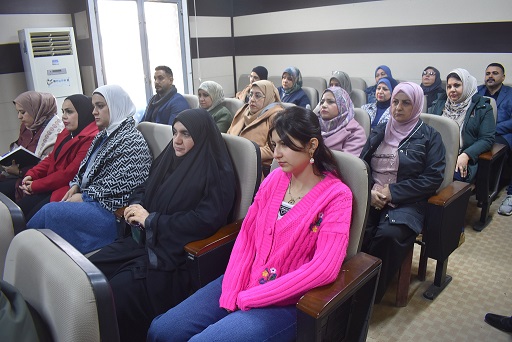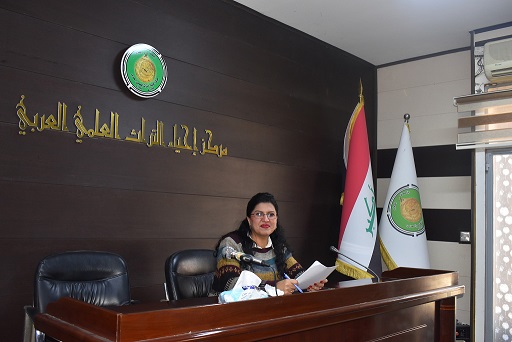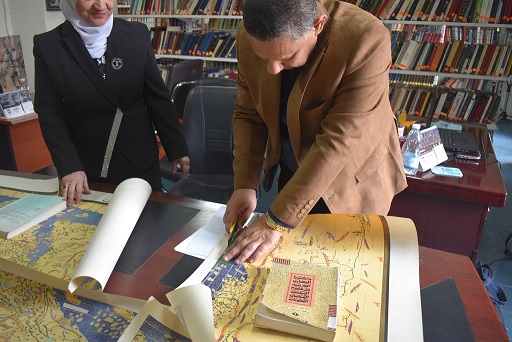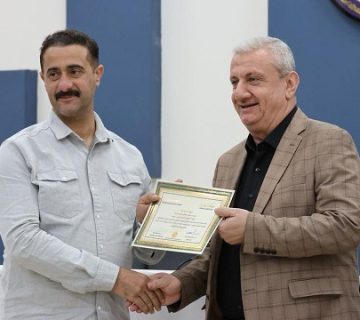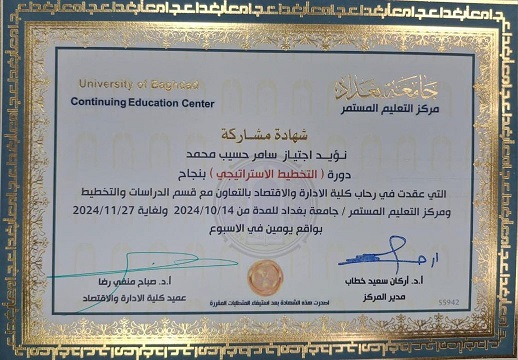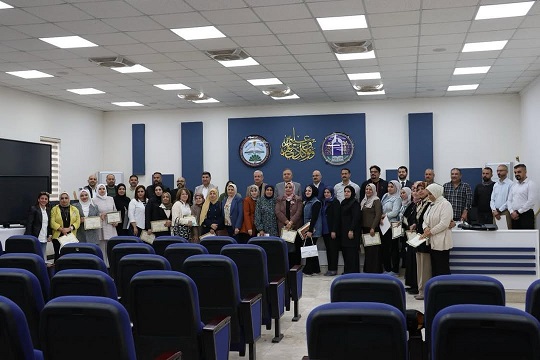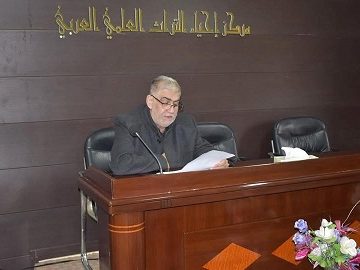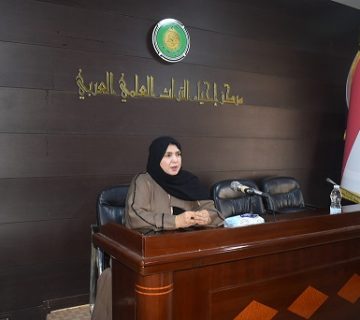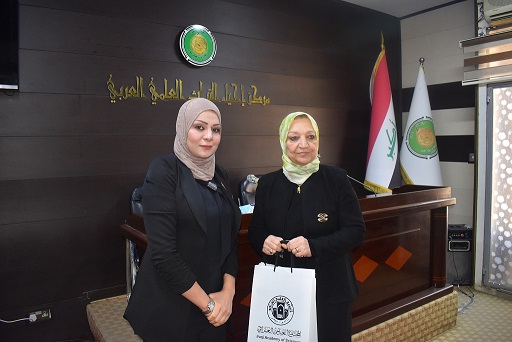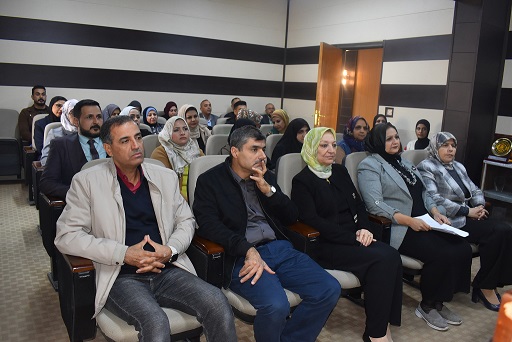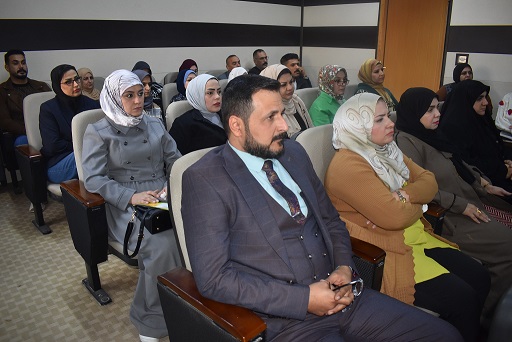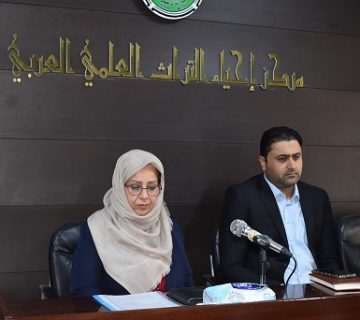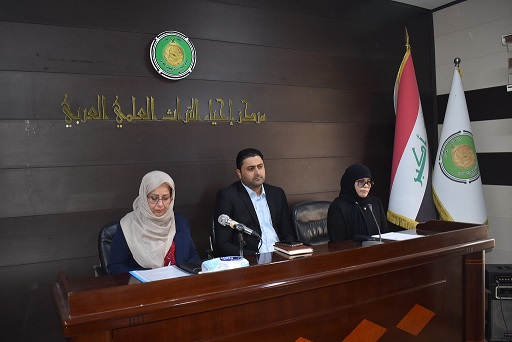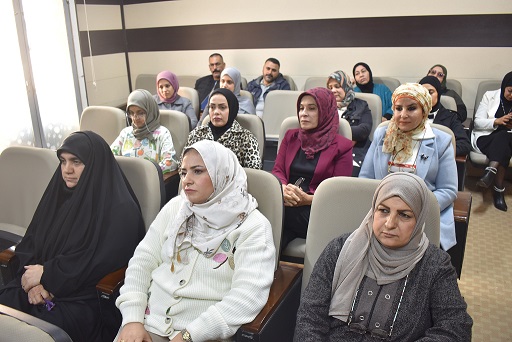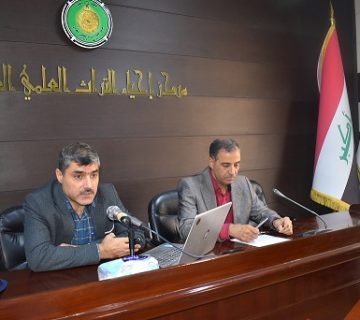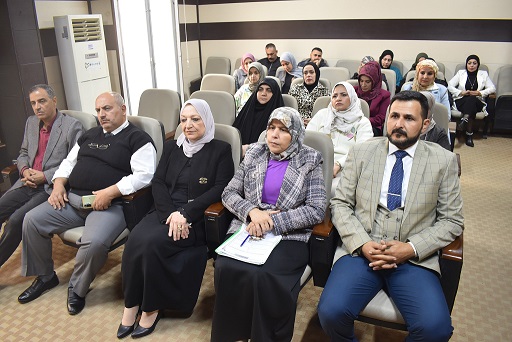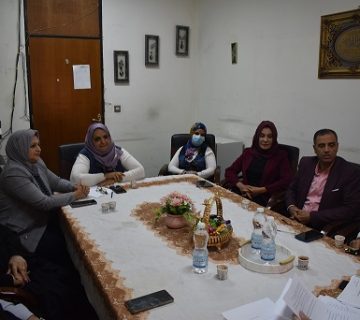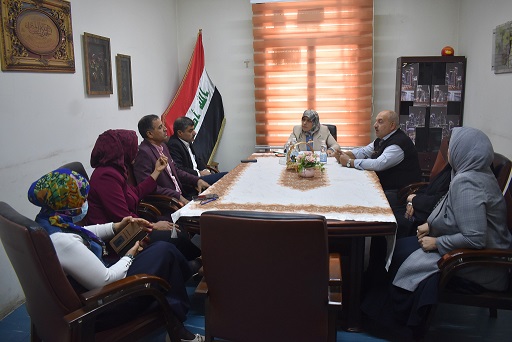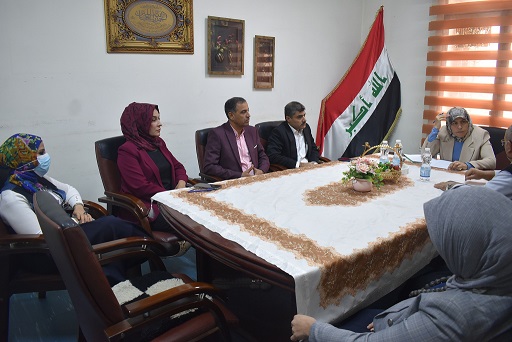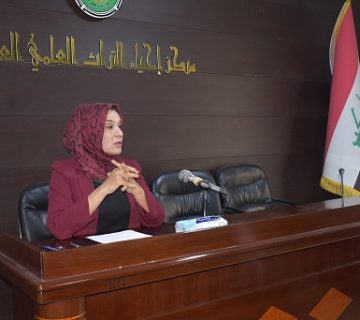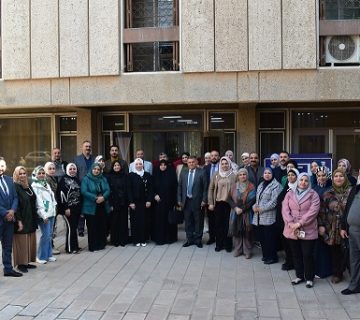
(the history of sciences according Arabs)
The center of heritage revival organizes scientific conference
(the history of sciences according Arabs)
Sponsored by the president of the university of Baghdad prof. Dr. Bahaa Ensaf and supervised by the director of the center prof. Dr. Alaa Nafea Jasim , the center of heritage revival organized the sixth international scientific conference (the history of sciences according Arabs) through aperiod from 3-4/12/2024 , the conference is opened by reading of surah of holy quran and then reading Alfatiha surah to Souls of the martyrs as well as read a speech of the president of the university of Baghdad which presented by the Scientific Assistant for Administrative Affairs Dr. Ameer Faisal Abduameer and the speech of the director of the center prof. Dr. Alaa Nafea Jasim is presented , A documental film is presented about the center defined the role of the center from its establishing 977 The Federal Integrity Commission played a role in the conference in terms of publishing posters, magazines and awareness stories through their presence in the permanent corner of the center. Many scientific researches participated in the conference that aimed to link heritage in contemporary practical reality and reveal the scientific innovations that characterized Arabs in different eras, in addition to spreading awareness of heritage among young people to preserve the cultural heritage and develop a clear vision for the future of science through the different stages of history, as modern research was presented that kept pace with the present time, especially artificial intelligence, the legacy of Arab scholars, architectural decoration, sustainable development, mental sciences, astronomy, and others. Through the scientific research presented by researchers and standing on the factors of developing heritage and its connection to modern sciences to benefit from it in the future, interventions and discussions took place on the research presented by researchers in the conference. The conference was crowned with success and distinction. In conclusion, Mr. Administrative Assistant and Mrs. Director of the Center thanked those in charge of the conference from scientific, preparatory and media committees and presented certificates of appreciation to the researchers, wishing them continued success. Success in serving our ancient heritage, our beloved Iraq, and our mother university.
